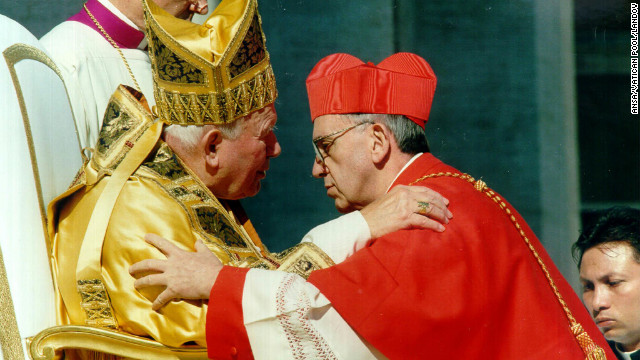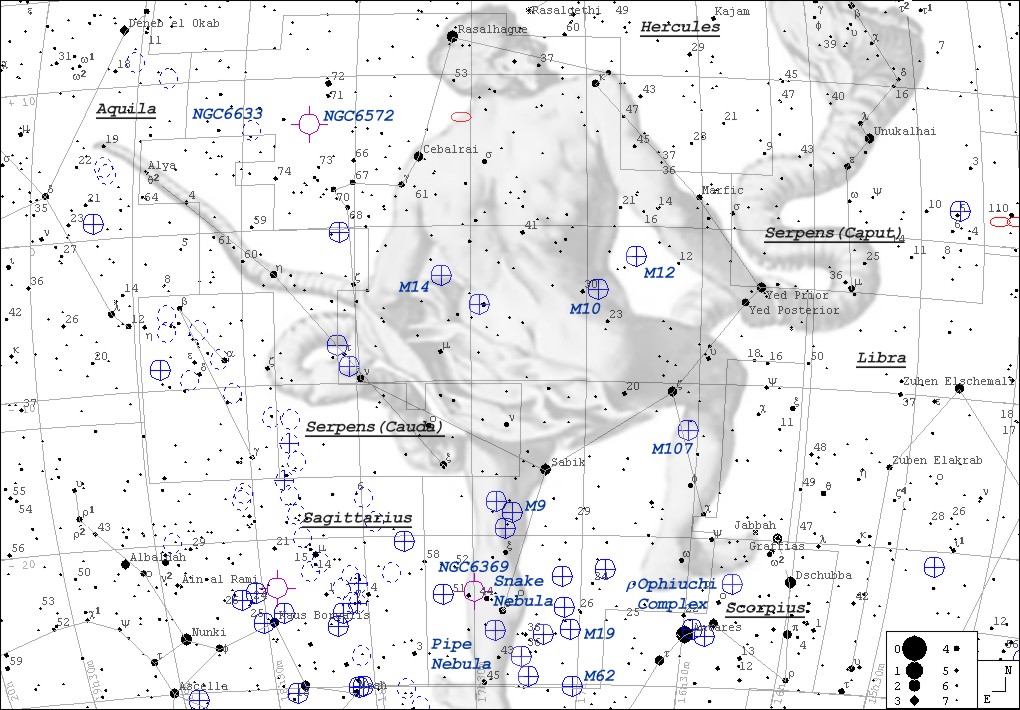Sibelius The Scorewriter
Monday, March 4, 2013
0
comments
{[["☆","★"]]}

Sibelius is a scorewriter program, created by Sibelius Software (now part of Avid Technology) for Microsoft Windows, Mac OS X, and RISC OS. It is used by composers, arrangers, performers, music publishers,
teachers and students, particularly for writing classical, jazz, band,
vocal, film and television music. In addition to editing and printing
scores, Sibelius can also play music back using synthesized sounds,
produce legible scores for editing and printing, and publish scores for
others to access via the Internet and iPads.
Sibelius claims to be the world's best-selling scorewriter, with "hundreds of thousands of users in 100 countries".
'Lite' versions of Sibelius (with fewer features, at a lower price)
have been released, as have various add-ons for the software.
History
Sibelius was originally developed by British twins Ben and Jonathan Finn for the Acorn Archimedes computer, under the name 'Sibelius 7'. Development (done on RISC OS entirely in assembly language)
was started in 1986, just after the Finns left school, continuing while
they were at university. They were music students, and they said they
wrote the program because they did not like the laborious process of
writing music by hand.
The program was released to the public in April 1993. It ran directly
from a 3.5-inch floppy disk, in considerably less than 1MB of memory
(Sibelius 7 needed only 548K for a 33-page symphonic score, for
example), but the combination of assembly language and Acorn's RISC
chip, for which RISC OS was written, meant that it ran very fast. No
matter how long the score, changes were displayed virtually
instantaneously.
The first ever user of Sibelius was Richard Emsley,
who used it prior to its release and provided advice on music-engraving
aspects of the software. The first score published using Sibelius was Antara by George Benjamin, published by Faber Music and copied by Emsley. Other early users included composer John Rutter, conductor Michael Tilson Thomas and publisher Music Sales.
Sibelius rapidly dominated the UK market, being a killer application for the niche Acorn platform. It also sold in smaller numbers in a few other countries, restricted by
the availability of Acorn computers. 'Lite' versions were subsequently
released; these were successful in UK schools, where Acorns were widely
used.
In September 1998, the first version for Windows was released (now
simply called 'Sibelius', and with the version number reset to 1.0). A Mac version was released a few months later. To produce these
versions the software was completely rewritten in C++, while retaining
most of the original's functionality and user interface with numerous
enhancements.
Releasing Sibelius for more widely available computers brought it to a
worldwide market, particularly the US, where Sibelius Software had
opened an office in late 1996. Following the break-up of Acorn Computers
shortly after Sibelius's Windows release, no further Acorn versions
were developed.
In August 2006, Sibelius Software Ltd. was acquired by Avid Technology,
an American manufacturer of software and hardware for audio and video
production. Avid has continued publishing Sibelius as a stand-alone
notation product, as well as integrating it with some of its existing
software products.
In July 2012, Avid announced plans to divest its consumer businesses
(not Sibelius), closed the Sibelius London office in order to move
development to Kiev, and laid off some employees. Offshore software R&D company GlobalLogic is searching programmers for a new development team in the Ukraine. Avid has claimed it is still committed to Sibelius.
A Facebook pressure group has been formed to protest against the closure of the London office. A website dedicated to encouraging Avid to sell Sibelius to ensure its continued development is now live.
Versions
- Sibelius (i.e. Sibelius 1.0 in September 1998 for Windows, Sibelius 1.2 in March 1999 for Mac). Thereafter major new versions have been released for both platforms approximately every 2 years, with minor versions more frequently:
- Sibelius 2 (in 2001), with numerous new features.
- Sibelius 3 (in 2003), with new features such as Kontakt Player and the ability to create audio files and CDs.
- Sibelius 4 (July 2005), with new features such as the ability to write music synchronized to video, instrumental parts which are automatically updated when the score is changed, and a redesigned user interface.
- Sibelius 5 (June 2007), with support for VST effects and instruments, a new sample library (Sibelius Sounds Essentials), 'Panorama' view, and other new features.
- Sibelius 6 (May 2009), featuring 'Magnetic Layout' (comprehensive score object positioning and collision avoidance), 'Versions' (revision control of changes made to a score), keyboard and fretboard windows, Live Tempo (recordable tempo changes), ReWire support, input via microphone, and various other notation and playback enhancements.
- Sibelius 7 (July 2011), with a new ribbon-based user interface, native 64-bit support, a 38GB professional sound library including specialized playing techniques, advanced text and typographic handling, enhanced graphics import/export, MusicXML export (MusicXML version 2, not fully implemented – importing MusicXML has been possible since Sibelius 5), Finale-compatible note input, and various other improvements. This version of Sibelius (and all future versions) is no longer supported on Mac OS X v10.5 or earlier, and Mac computers with PowerPC processors; the last version with this support is Sibelius 6.2.
Features
Sibelius's primary function is the creation, editing and
printing of musical scores. It supports virtually all music notations,
enabling even the most complex of scores (such as modern orchestral
music) to be reproduced to publication quality.
Additionally, it allows scores to be played back realistically or
turned into MIDI or audio files, e.g. to create a CD. A large range of
high-quality sampled sounds and built-in sample player are included.
Sibelius supports any MIDI device, and allows VST and Audio Unit plug-ins to be used as playback instruments, giving Sibelius users access to third-party sample libraries (such as Vienna Symphonic Library or MOTU's Symphonic Instrument). Score playback can also be synchronized to video, or to audio software via the ReWire standard.
There are various education-specific features for Sibelius's large
market of schools and universities. These include extensive built-in
music teaching materials, and the ability to run and manage multiple
copies of the software on a network. Discounted educational pricing is
available.
The third-party Music OCR program PhotoScore can be used to scan and create a Sibelius score from printed music; a lite version of PhotoScore is bundled with the Sibelius software. Similarly, the third-party program AudioScore (with bundled lite version) can be used to turn singing or an acoustic instrument into a score.
The program plays a brief passage from a Jean Sibelius symphony as it starts. Each Sibelius
version has used a different excerpt. The current version, Sibelius 7,
appropriately uses the main theme from Sibelius's 7th Symphony.
THANK YOU FOR YOUR VISIT, PLEASE COME BACK SOON...
Title: Sibelius The Scorewriter
Written By Kristofani
Hopefully this article useful to you. If you wish to quote either part or all of the contents of this article, please include dofollow links to http://kristianporung.blogspot.com/2013/03/sibelius-scorewriter.html. Thank you for reading this article.Written By Kristofani





















0 comments:
Post a Comment